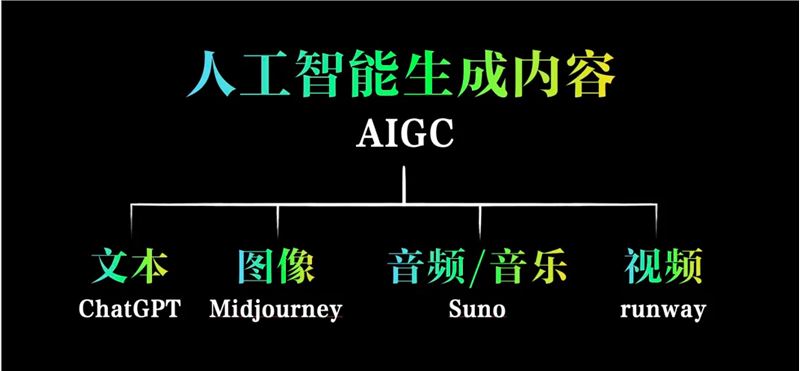Preface
AIIt has been popular for a while, AI, AGI,AIGC, machine learning, deep learning, NLP (natural language processing), LLMs (large language models), GAN (generative adversarial network), all kinds of concepts, maybe you have been confused. This article will take you to understand what these terms mean, so that you can better learn other knowledge in the field of AI in the future.
Concept 1: AI (Artificial Intelligence)
The most common concept AI is the abbreviation of "Artificial Intelligence". It refers to the execution of a computer, usually requiringHuman IntelligenceFor example, voice assistants like Siri can answer questions and perform tasks. In fact, they can be considered artificial intelligence, although for a long time, this type of "artificial intelligence" was not very "intelligent".
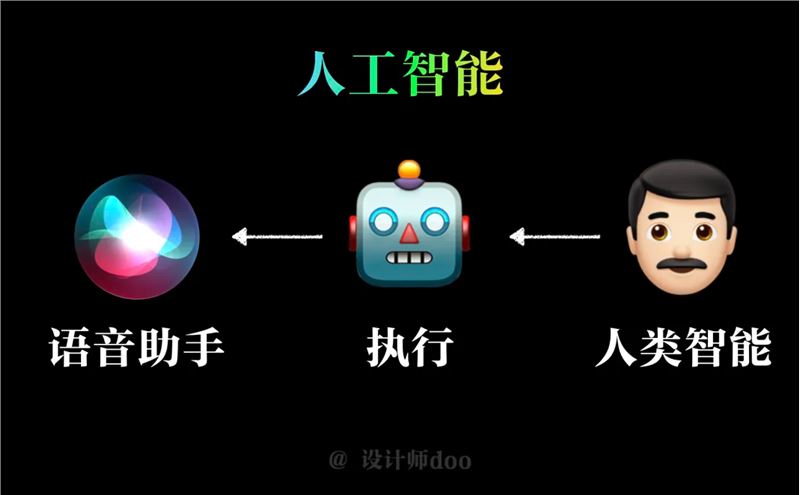
Concept 2: AGI (Artificial General Intelligence)
AGI is the abbreviation of "Artificial General Intelligence". It has a broader meaning than AI and can solve any problem that human intelligence can solve. It has a similar intelligence level to that of humans. This is the ultimate AI.Development direction, we are moving in this direction.
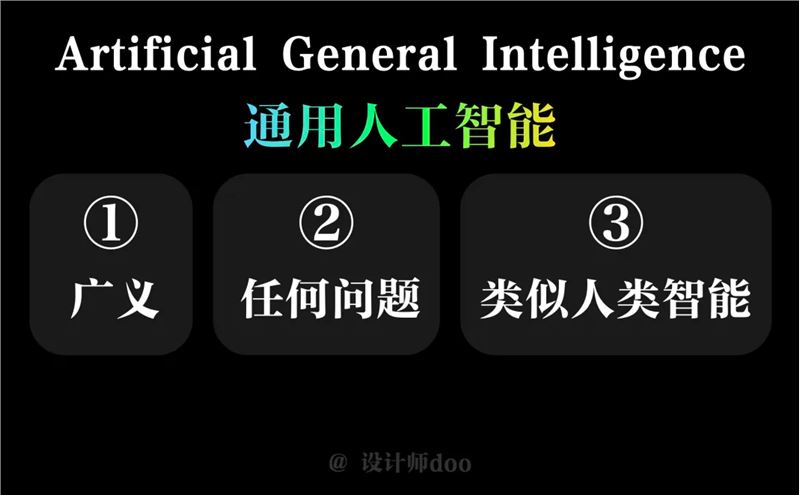
Concept 3: AIGC (Artificial Intelligence Generated Content)
AIGC is the abbreviation of "Artificial Intelligence Generated Content".
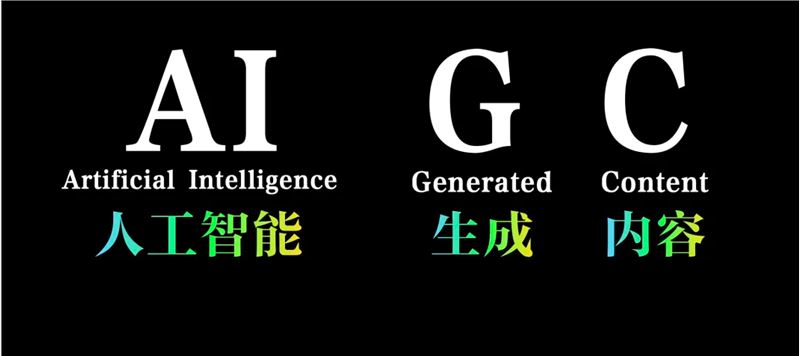
According to the different forms of generated content, it can be divided into: generating text, generating images, generating audio, and generating video. The most representative corresponding products are: ChatGPT, Midjourney, suno, runway, etc.
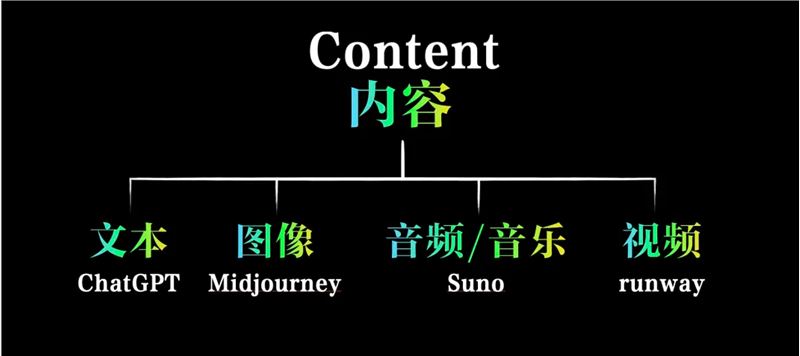
Concept 4: Machine learning
Machine learning is a subset of artificial intelligence. It uses algorithms and data to enable computers toNo explicit programming instructionsA typical example is Netflix's recommendation system, which can recommend new content you might want to watch based on what you have watched, and the accuracy of the recommendation will become higher and higher. This is the so-called "cultivating the account (user preferences)".
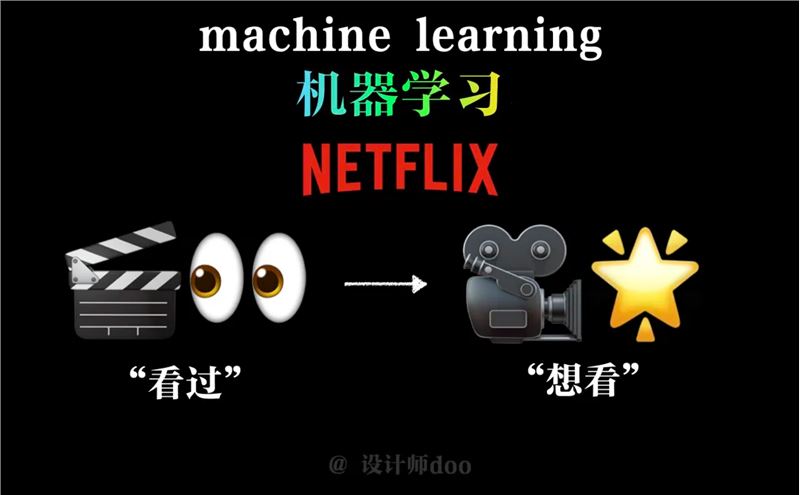
Concept 5: Deep learning
Deep learning is an advanced type of machine learning that uses multi-layered neural networks to processComplex Data. It is particularly suitable for processing large-scale and complex data, such as images and speech.
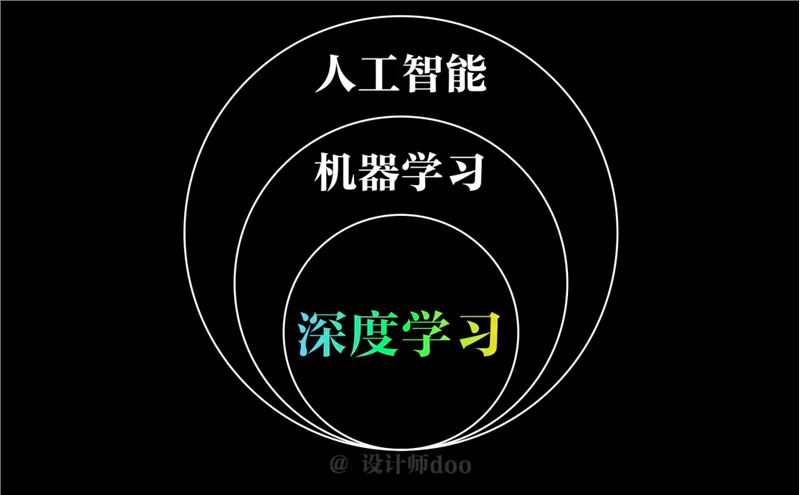
Self-driving cars are a typical example, which analyze data from cameras and sensors to identify pedestrians and vehicles on the road and make driving decisions.
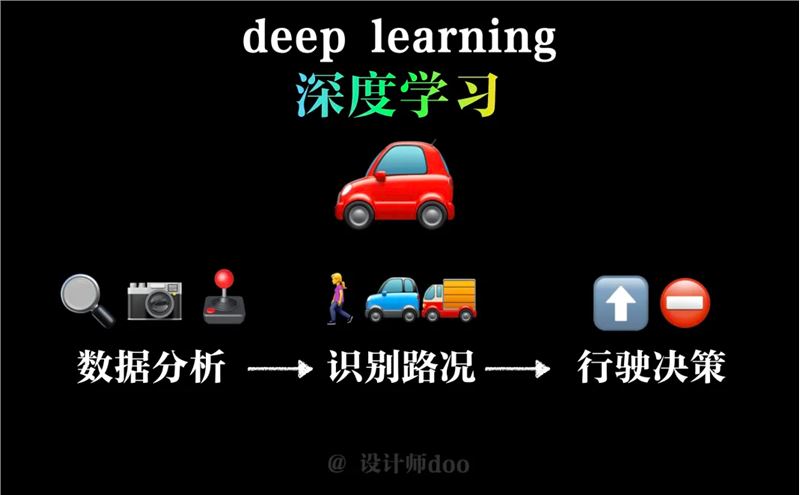
Concept 6: Natural Language Processing (NLP)
Natural language processing, which aims to enable computers to understand, interpret, and generateHuman LanguageThis frees users from dependence on code languages, allowing the general public to issue instructions to machines through the "human language" that we are most familiar with, in order to achieve the functions we want. It is a very epoch-making technological product.
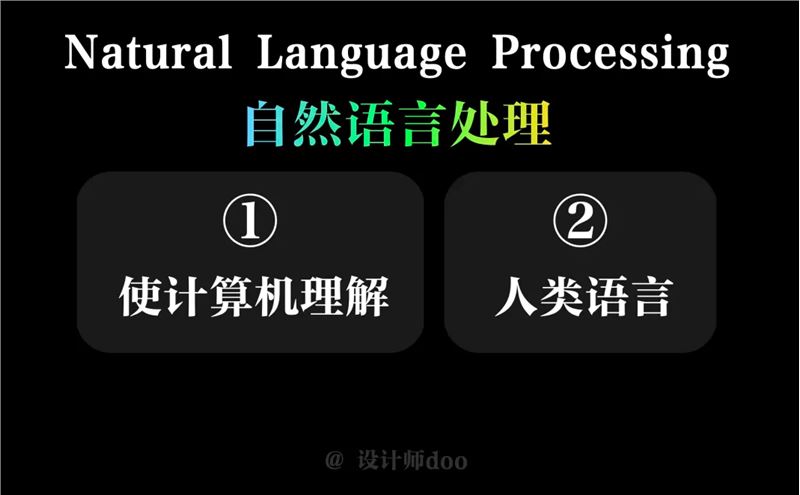
Concept 7: Large Language Models (LLMs)
In addition to AI, the most common term we hear is probably the so-called "large language model". For example, ChatGPT uses deep learning technology to train a large-scale neural network that can generate and understand natural language text.
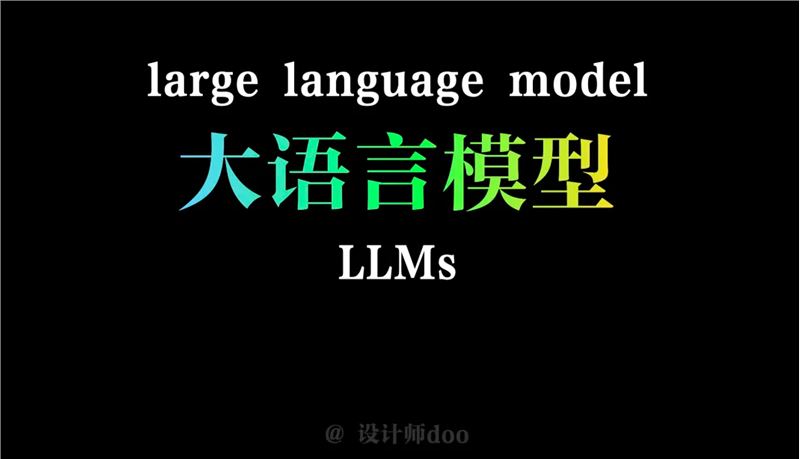
The sudden emergence of ChatGPT has brought such a shock to everyone that I believe it is still fresh in people’s memory.

Concept 8: Generative Adversarial Networks (GANs)
The principle of generative adversarial networks is to use a generator to generate content, and then use a discriminator to judge "authenticity" to conduct adversarial training to generate realistic data. It is often used to generate virtual faces, which can almost be mistaken for real ones.
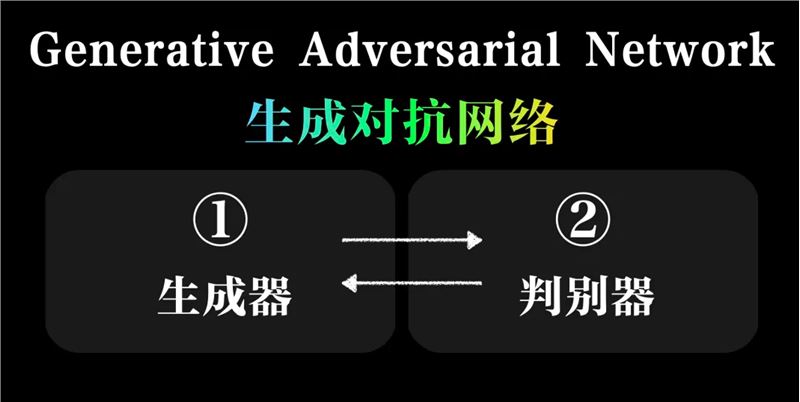

Summarize:
Artificial intelligence, machine learning, and deep learning are interdependent relationships.
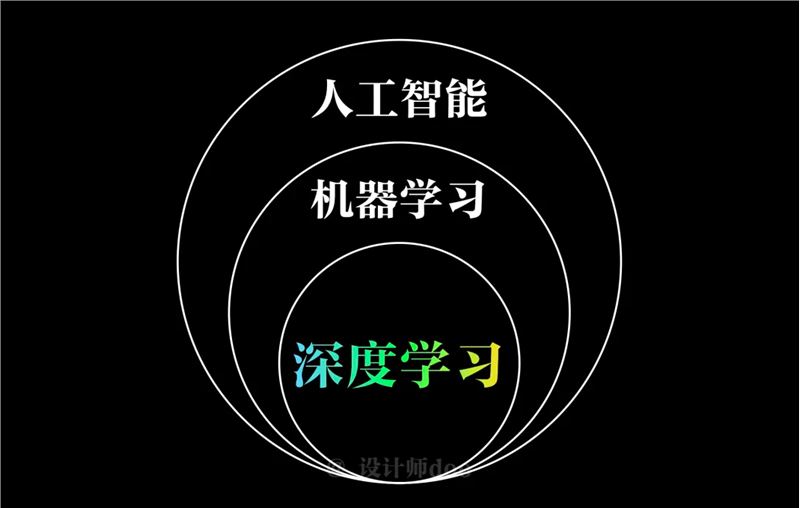
The large language models and generative adversarial networks we often talk about are specific applications of deep learning.
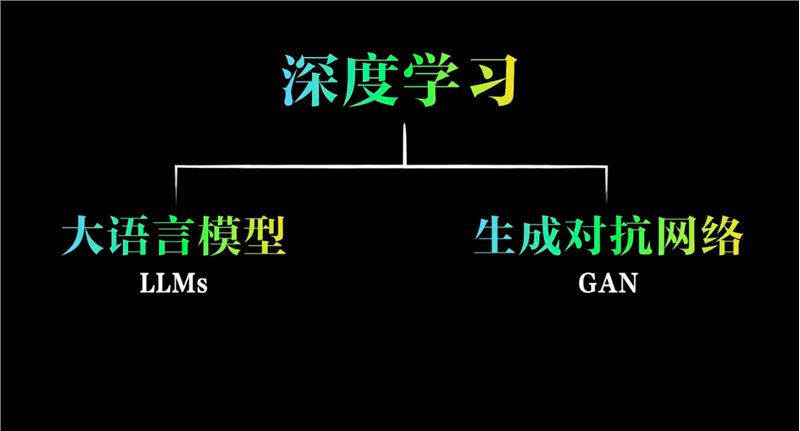
AIGC is content generated by artificial intelligence, which can produce different content forms, such as text, images, audio, video, etc.
